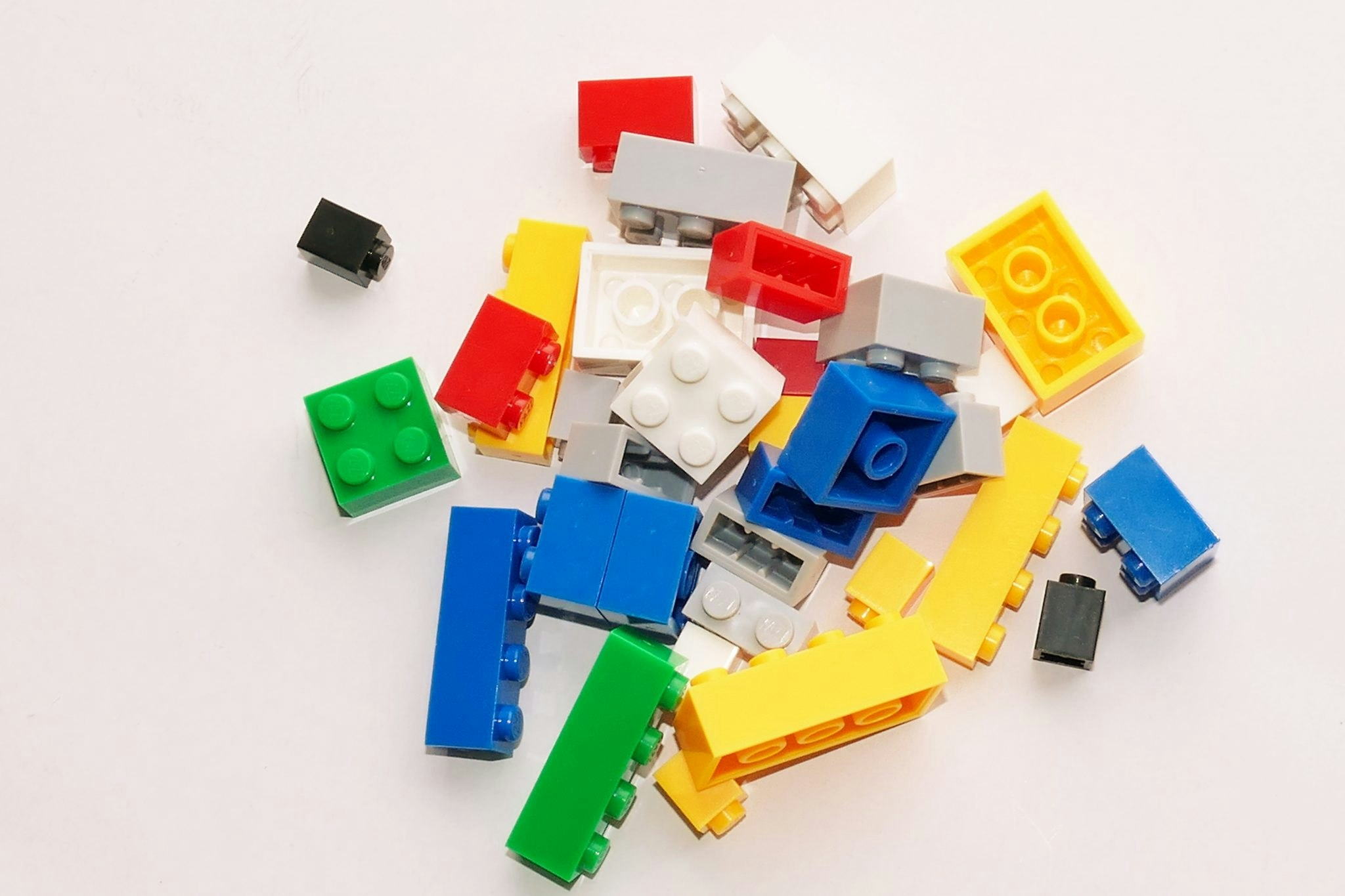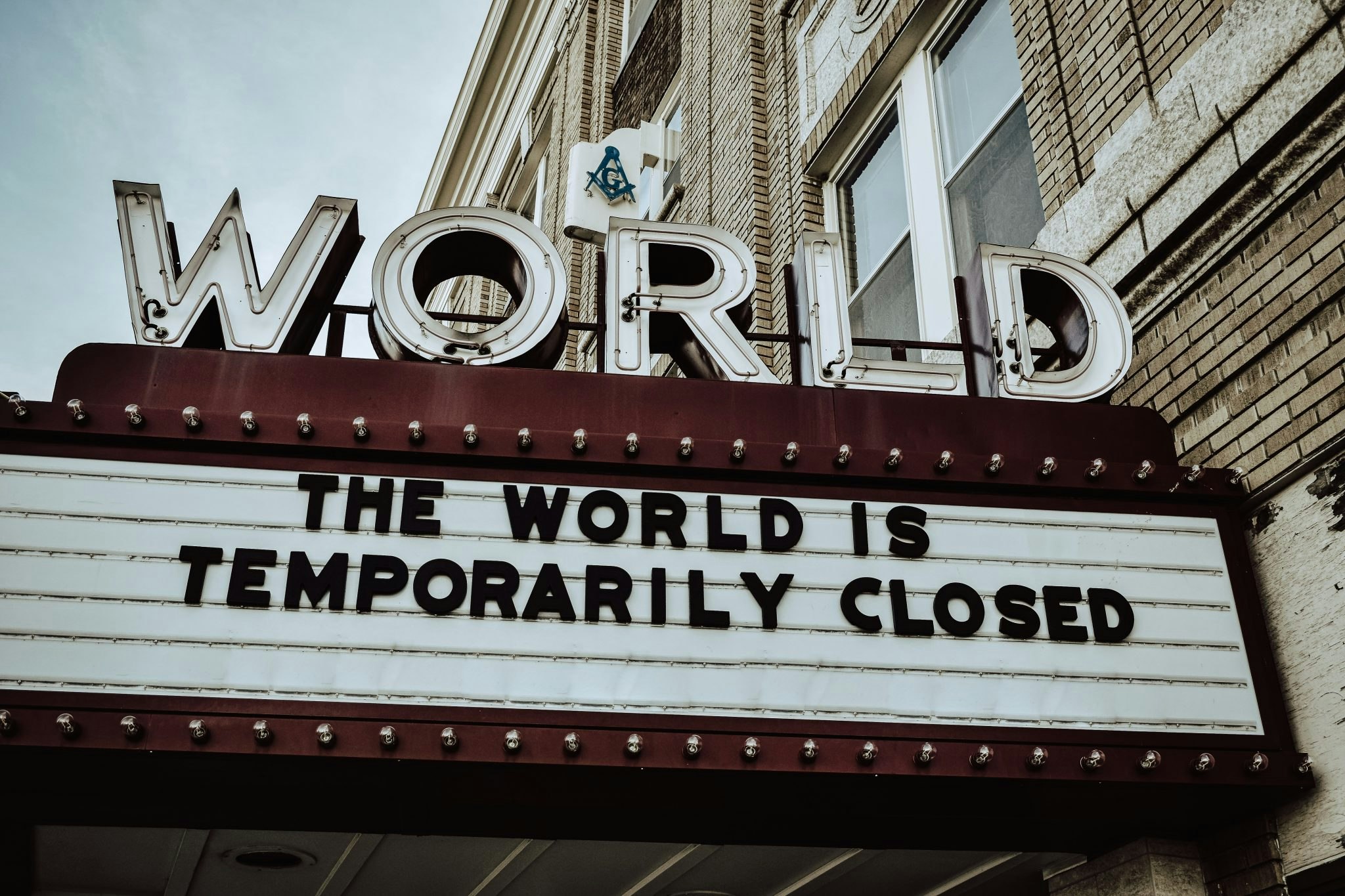One wet weekend in March 2010, a retired glider pilot spent 16 hours going up and down the M1 motorway in the UK with four mobile phones, four separate sim cards, a laptop and an industrial-sized thermos full of tea. Methodically he’d pull over, make test calls, send texts and try to access the internet on all four phones. He painstakingly recorded the results of his tests in a custom-coded spreadsheet.
In times of crisis, an online community can be more than a collective of your customers, it can be a lifeline for your business.
He was a member of giffgaff’s online community, where I was part of the startup team. The mobile phone company was barely four months old and we were in big trouble. Critical network failures were common. And the network engineers could not isolate the problem. Our few precious customers, who’d decided to trust us as an unknown supplier, were rightly furious at losing calls, text and data without warning, sometimes for days at a time. It was an existential crisis for the business.
We made it through that crisis in large part because of the engagement of our community. That glider pilot’s work, done on his own time, on his own initiative, helped isolate the network issue and restore service. Every day there were more examples of community members using their own skills to support each other and help make the business work.
In times of crisis an online community really can be more than a collective of your customers, it can be a lifeline for your business.
So now, as we face the biggest global crisis since the Second World War, maintaining relationships with your customers is more important than ever.
A great way to do that is through an online community and customers know it. We’ve seen spikes in community activity across our client base as members look for a trusted source of information and help with their services. One client experienced a 545%+ increase in new member registrations in the week after Boris Johnson’s lockdown announcement.
But, in a time of crisis, the five golden rules of community building apply more than ever. Forget, or overlook them at your peril. Whenever we work with clients we start with these rules using the metaphor of a sea voyage, you’ll see what I mean as you read on...
1) Be clear about community purpose
Community purpose is how you integrate community with your brand. Don’t assume this is obvious or that just because all your customers are stuck at home they’ll jump at the chance to get online and discuss your products.
In Covid-19 times, a community without a purpose risks real brand damage by exposing you to accusations of inauthenticity, irrelevance or lack of understanding of customers’ issues. Be clear about: in normal times a community without a purpose is like a ship without a destination, nobody will get on board.
Hint: “Join the conversation” is not a purpose.
- Who is coming to the community?
- Why they are coming?
- What they will be able to do there?
Hint: “Join the conversation” is not a purpose.
2) Give the community a clear owner
Community ownership is how you integrate the community with your operating model to generate value. A nominated community owner ensures this happens by connecting the activity of the community to the processes of the organisation.
Covid-19 or not, a community without an owner is like a ship with no captain. The crew (your teams) and passengers (your customers/members) will have no idea of what they’re supposed to be doing and the whole voyage will become chaotic and inefficient.
Make sure this person is in a senior operational role who can devote 25% of their time to this initiative.
3) Don’t skimp on a community manager
Community management is how you integrate community with your customer experience. One of the most common reasons for community failure, in my experience, is the organisation’s failure to understand the importance of this role and resource adequately for it. For instance, organisations often believe the community can 'run itself' without any management at all, or make 'management' a part of someone's existing role without training any new skills, or unwittingly limit management to reactive content moderation — missing the much more important proactive elements of nurturing relationships.
One of the most common reasons for community failure is failure to understand the importance of a community manager.
On your ship, the community manager is the bosun, making sure everything happens as it should through direct contact with the crew and passengers.
In times of crisis, community managers are at the real frontline of your customer experience. Good community managers with enough time and the right skills can handle the most challenging customer engagements, keep people participating and coming back for more. You must commit to properly supporting the community manager/team. Doing so will pay dividends not just during the crisis but in the aftermath.
4) Your business MUST contribute to the community
Organisational contribution is what integrates your community with marketing and comms. Over time, effective contribution can change the relationship between your organisation and your customers, from transactional to collaborative. One of the clearest forms of contribution is information. Regular updates from the organisation on things like current activity, who does what inside the organisation, explanations of 'behind the scenes' workings of the organisation (e.g. how products are made, how the supply chain works) show that the organisation is invested in the community. This builds trust, engagement and collective understanding of the organisation's purpose and challenges.
Without any organisational contribution the community will run out of energy and stop, just as your voyage would with no wind or fuel.
In a time of crisis the natural instinct of many organisations is to pull up the drawbridge and retreat behind a wall of legal statements and PR announcements. Be brave and go the other way. By reaching out, sharing with and listening to your customers, you will be remembered. When the dust settles, you’ll be an organisation that tried to do the right thing. Loyalty has a memory.
5) With platform, less is more
Your community platform is what integrates the community with your organisation’s technology stack. By far the most common mistake I see businesses make is to spend way too much time (and money) on platform, while ignoring the other four critical rules of community success above.
The most common mistake I see is businesses spending way too much time (and money) on platform, while ignoring the other four rules.
Platform features do not deliver a thriving community. No community member has ever been impressed by a platform’s ability to integrate seamlessly with Salesforce. Of course, you need certain features and functionalities to create a welcoming and engaging environment — just as your ship must have a watertight hull, bunks, kitchen and a rudder to make any kind of voyage. But, gold trim on your ship’s seats doesn’t help you reach your destination any faster.
In normal times a good platform is one that facilitates ease of access, ease of participation and doesn’t fall over when traffic surges. In a crisis these criteria don’t change. So, don’t sweat the choice of platform provider too hard. These days, when it comes to the basics, there’s little difference between suppliers. Focus first on making registration effortless and then on configuring only the features your users need, and the analytics your CM team need.
And one more — don't build your community on social media
Lastly, I can’t leave you without a note on social media. To me, building a community on social media is like conducting your voyage on a cruise ship. Yes, you'll get somewhere, but you'll have little to no control over the destination, who's there with you, what those people are doing and you certainly won't get to know them very well. You’ll also be competing for their attention with a host of flashy distractions. Owning your own ship, built for your voyage, is a different matter.
If you’re serious about community, build yours on an asset you own, that’s dedicated to your brand, your customers and your value. Don’t build it on social media, which is dedicated to its own interest in selling ads. By owning your own space you’ll offer not only a much more meaningful experience to your customers during the crisis; you’ll also set the foundation of long-lasting trust for the much longer period after the crisis.
Robbie Hearn, cofounder and chief executive of Standing on Giants, was on the startup team that created the revolutionary community-led business model at UK mobile phone company giffgaff 10 years ago. Now he leads the team behind some of the most successful brand-owned communities in the world, including Airbnb, O2 and Checkatrade.


